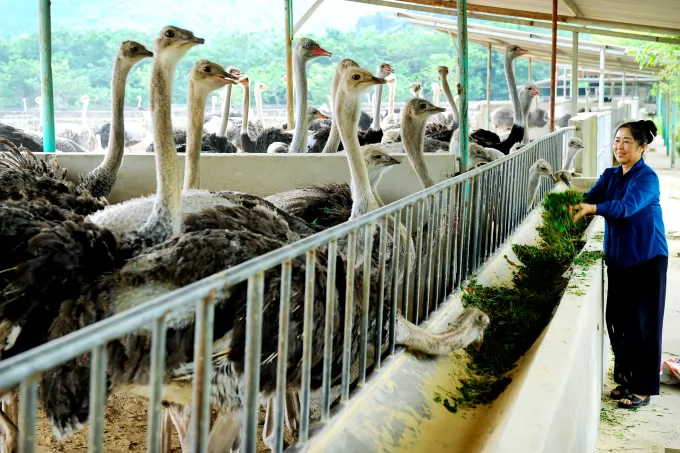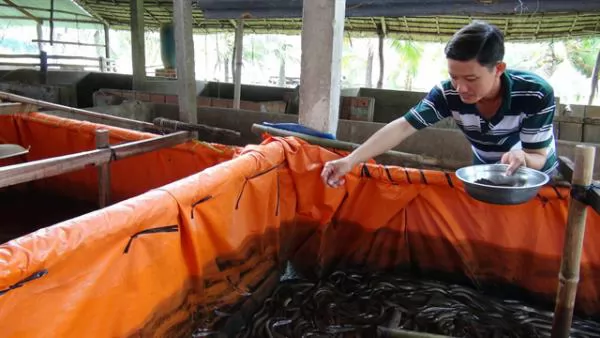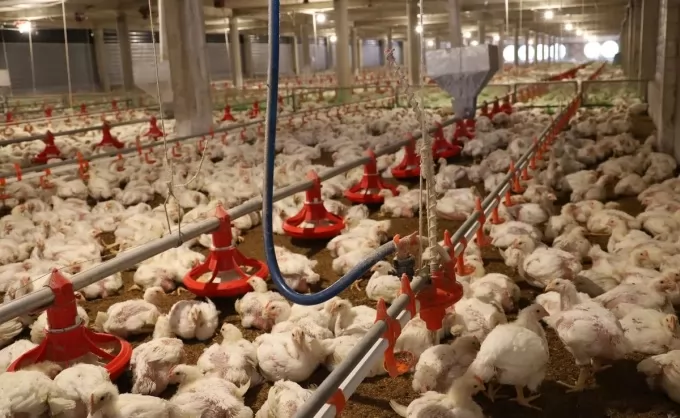Trà Vinh Province expects mud crab output to increase this year

Trà Vinh Province has entered the peak mud crab harvest season. – VNA/VNS Photo Huỳnh Sử
TRÀ VINH – The Cửu Long (Mekong) Delta province of Trà Vinh is entering the mud crab harvest season and its Fisheries Sub-department expects the output to increase sharply this since the farming area has expanded.
In the province, one of the delta’s largest mud crab producers, farmers breed the crustacean mostly in Châu Thành, Cầu Ngang, Duyên Hải, and Trà Cú districts and Duyên Hải Town.
Authorities have told farmers that the period for releasing shrimp and mud crab fry for breeding in the 2018 – 19 season was from December last year to September this year.
Nguyễn Văn Cần, who has a 0.3ha pond in Châu Thành’s Long Hòa Commune, said the weather was hot at the beginning of the year and agricultural authorities told farmers to begin the year’s first shrimp crop late, and so many switched to breeding mud crabs.
Though their prices are not high unlike during last Tết (Lunar New Year) farmers are still earning reasonably from it, he said.
His family harvested more than 300kg of crab after four months of breeding and earned nearly VNĐ30 million (US$1,280), he said.
Traders now pay VNĐ280,000 – 300,000 ($12 - 13) per kilogramme if they are of a size where 2 – 4 comprise a kilogramme and VNĐ130,000 – 150,000 ($5 - 6) if they are smaller.
The prices were down VNĐ20,000 - 50,000 in May.
Huỳnh Thị Nhị, who has a mud crab wholesale shop in Long Hòa, said prices are down because this is the peak harvest season in the year’s first crop.
Besides, demand has fallen after the Reunification Day (April 30) holidays, she said.
The province’s mud crabs are sold locally and in other localities, especially HCM City, and are even exported.
In recent years province authorities have encouraged white-legged shrimp and black-tiger shrimp farmers in coastal areas to switch to one mud crab and two shrimp crops a year to spread the risk.
Mud crabs are easy to breed, get few diseases and feed on small fish, shrimp and mussels.
The province has the advantage of having huge numbers of mud crab fry in the wild. They are mostly caught in mangrove forests in Cầu Ngang, Châu Thành and Duyên Hải districts.
Farmers are raising them on more than 7,000ha now, according to the sub-department.
On average there are 13,000ha and an output of 1,400 tonnes during the year.
Almost a third is bred under the intensive farming model and the rest under the extensive farming model, according to the sub-department. – VNS
Maybe you are interested

U70 female farmer earns billions by raising ostriches
Hai DuongEach year, the 10-hectare farm with 600 ostriches brings Ms. Nguyen Thi Binh billions of dong from providing breeds, eggs, meat, sausages and sausages.

Super-intensive farming of white-legged shrimp brings high profits
TRÀ VINH - Super-intensive white-legged shrimp farming areas have expanded threefold over last year after bringing in high incomes for farmers in the Cửu Long (Mekong) Delta province of Trà Vinh.

The role and position of poultry husbandry in the upcoming period
(VAN) Because of low-quality farming conditions, infrastructure and equipment, the poultry husbandry sector has not yet attained competitiveness in terms of breed quality compared to the world.





